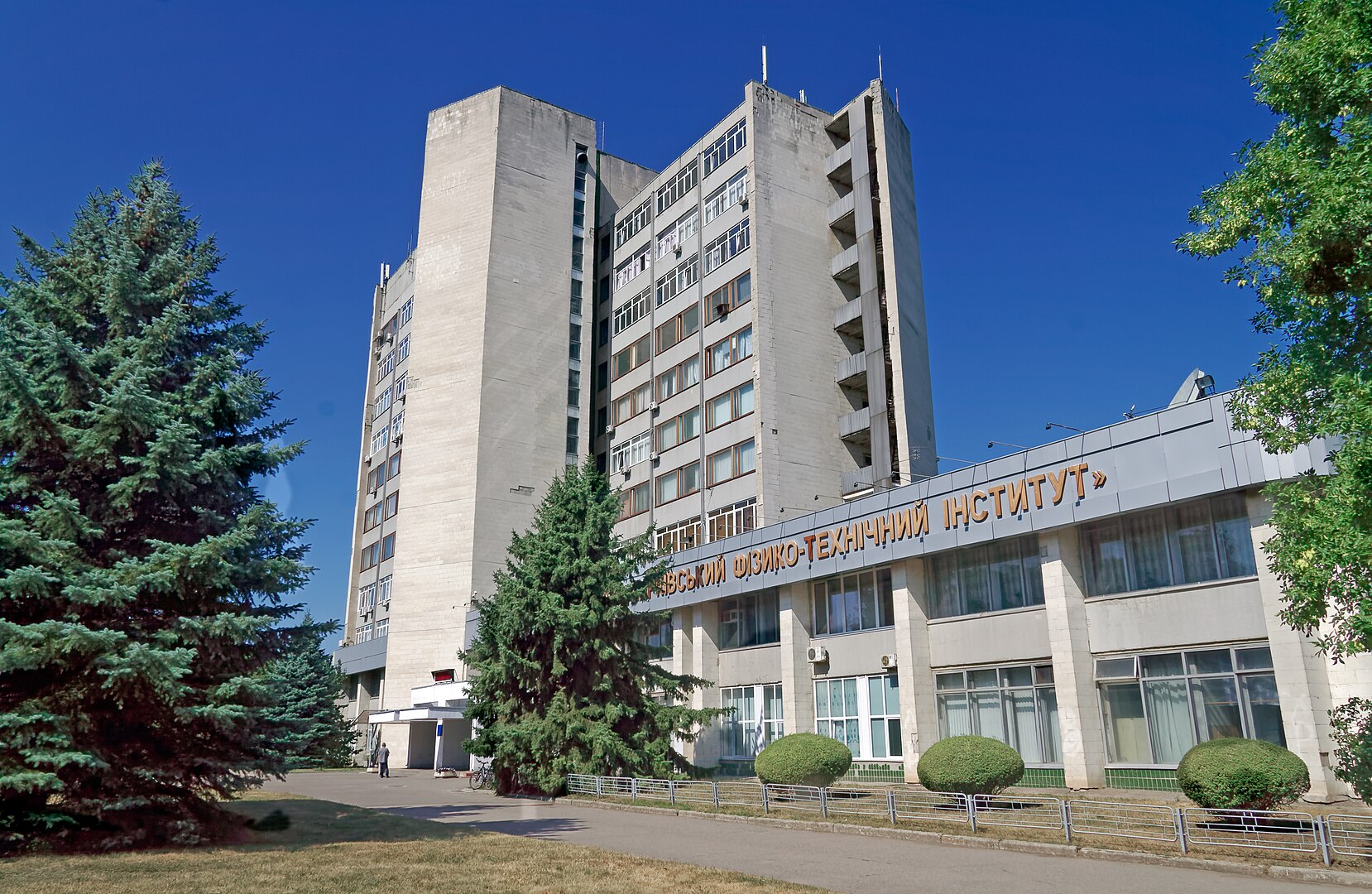“High-feeding” or a real nuclear disaster: first expert estimates of uranium reserves in Kharkiv
12 September 12:09
Over the past few days, the Ukrainian media has been circulating reports of a possible nuclear disaster due to Russian strikes on the Kharkiv Institute of Physics and Technology. This wave was triggered by a large article in The New York Times about nuclear risks in Ukraine during the war. The article focuses on the Kharkiv Institute of Physics and Technology, located only 22 kilometers from the front line.
The publication draws attention to the fact that the laboratory building, which houses the Neutron Source experimental facility with several dozen kilograms of enriched uranium, has already been damaged 74 times by Russian shelling.
The authors remind us that the institute once helped to create Soviet atomic bombs, and now stores highly enriched uranium, which exceeds the level of radioactivity of nuclear power plant fuel.
The journalists emphasize that in the event of a serious strike, the uranium could be dispersed.
“The ‘neutron source’ contains several dozen pounds of enriched uranium – enough to contaminate a large part of the city if it were dispersed,”
– nYT writes.
The article also cites examples of other nuclear facilities that came under attack during the war: from Zaporizhzhia NPP to Chornobyl, where in 2025 a drone damaged the protective sarcophagus of the fourth reactor. The American publication concludes that the longer the war lasts, the greater the chances of a strike that could lead to a large-scale release of radioactive substances.
Ukrainian nuclear power plants are certainly a particular source of danger under Russian strikes today, but is it really worth talking about the threat of a nuclear disaster in Kharkiv? [ Kommersant asked domestic experts about this.
“High-mindedness and obscurantism”
Nuclear safety expert Kostyantyn Batozsky categorically rejects the possibility of a nuclear disaster in Kharkiv.
“No. There can be no catastrophe. There is no nuclear reactor that can explode there,”
– he emphasizes in an interview with
According to the expert, there are hazardous substances and materials in the laboratory, but even their destruction will not lead to a scenario of large-scale contamination of the city.
Batozsky adds that there are other nuclear facilities in the combat zone, primarily the Zaporizhzhia NPP, and the risks are much higher there.
The expert emphasizes that enriched uranium is not dangerous during a fire:
“Something happens to it when a lot of it gathers in one place and a chain reaction begins. But this is definitely not the case.”
He urges not to intimidate Kharkiv residents and not to create panic out of nothing. The fighting near Kharkiv has been going on for four years, the expert emphasizes, and so far it has not led to any man-made disasters.
“Therefore, this is all hype and obscurantism. This information about the likelihood of radioactive contamination as a result of a strike on the KIPT laboratory is nonsense and incompetence of a Western publication, which we have seen not for the first time,”
– assures Konstantin Batozsky.
“Speculation and exaggeration”
Olha Kosharna, a nuclear safety expert, shares the same opinion. She also reminds that there is no reactor capable of exploding at the Kharkiv Institute. And the enriched uranium stored in the facility does not pose a threat in the event of a fire.
“Enriched uranium is not dangerous in the event of a fire – it can pose a threat only in the event of a chain reaction. It is excluded here. Therefore, all these rumors about a nuclear disaster are just speculation. And exaggeration,”
Kharkiv Institute of Physics and Technology
TheKharkiv Institute of Physics and Technology (KIPT) was founded in 1928. It is one of the leading scientific centers in Ukraine, known as the place where the first atomic bombs were developed in Soviet times.
In 2010, the institute transferred its stockpile of weapons-grade uranium to Russia under the nuclear nonproliferation program, but continues to store highly enriched materials for scientific experiments.
Today, KIPT is engaged in nuclear and physical research, including fusion energy experiments. Despite the constant shelling of Kharkiv, the institute’s scientists continue to work and prepare scientific reports for international conferences.
How to check if there is a threat: advice from SaveDnipro
SaveDnipro Communications Manager Kostiantyn Fedorov urges Ukrainians to rely on real radiation monitoring data rather than rumors.
According to him, any concerns can be checked on a special map that displays data from state and public stations in real time.
“It displays both data from open sources provided by state stations and radiation monitoring data from public networks. The latter are taken from sensors installed by citizens or public organizations. They are not influenced by anyone at all,”
The normal radiation background is considered to be between 0.1 and 0.3 μSv/h (microsieverts per hour), which corresponds to the natural background to which a person is exposed every day. A background in the range of 0.3 to 1.2 μSv/h is considered elevated, and over 1.2 μSv/h is considered a dangerous level.
On the map of radiation contamination referred to by Fedorov(https://www.saveecobot.com/radiation-maps), as of 11:38 a.m. on September 12, only the radiation background in the Chornobyl zone exceeds the norm.

Conclusions
Thus, experts assure that the warnings of The New York Times about the likelihood of a nuclear disaster in the Kharkiv region have absolutely nothing to do with reality. There is no nuclear reactor at KIPT that could explode, and the amount of nuclear material is not enough to cause a chain reaction. Therefore, at least this threat can be safely crossed off the list of concerns.
Читайте нас у Telegram: головні новини коротко









